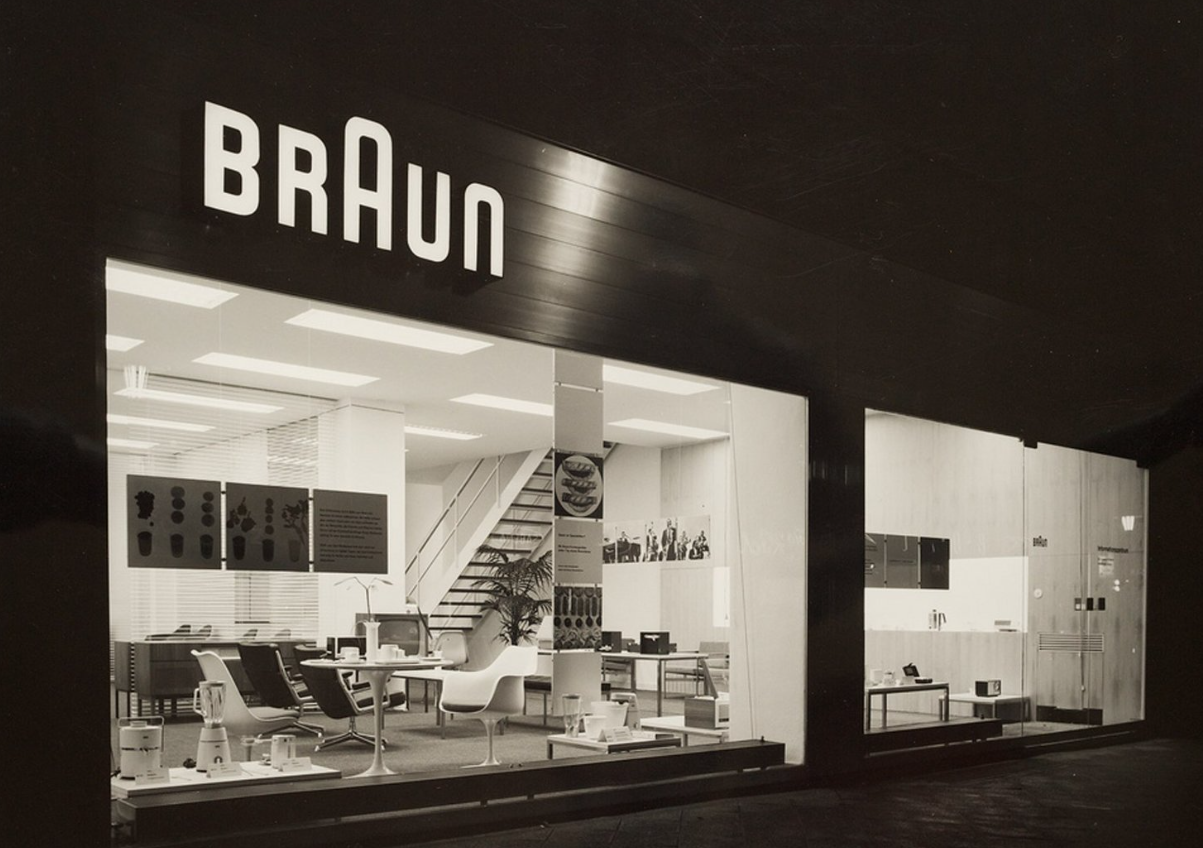Modern refrigerators are becoming more and more technologically advanced, and the No Frost system is one of the most popular and useful innovations. The technology, which is most often called “no frost”, has already become a standard in the production of many refrigerator models. But what exactly is hidden behind this name, and how does this function work? What is the No Frost system, let’s consider its varieties, advantages and features.
The concept of the No Frost system
No Frost System (or, as it is often called, “full no frost”) is a technology that prevents the formation of ice and frost on the inner walls of the refrigerator and freezer. Traditional refrigerators require periodic manual defrosting to get rid of the ice formed due to condensation of moisture. But with the No Frost system, the need for manual defrosting disappears, as it itself regulates the level of humidity and temperature inside the device.
Main aspects of No Frost operation
- Air circulation: in refrigerators with a no frost system, air circulation plays a key role. Built-in fans distribute air evenly, preventing the formation of ice on the walls.
- Electric heater: if necessary, the system switches on a heating element that melts any ice deposits, preventing them from accumulating and forming frost.
- Evaporator: Excess moisture is collected on the evaporator and removed from the interior of the refrigerator, ensuring dry and clean air.
These components work together to maintain optimal temperature and humidity, preventing ice formation and ensuring long and reliable operation of the device.
Types of No Frost systems
There are several types of No Frost technologies on the market, each of which has its own characteristics and advantages:
| System type | Description |
| Full No Frost | The full no frost system is a technology that prevents frost from forming in all compartments, both in the refrigerator and freezer. Thanks to full no frost, this makes the device completely free of ice. |
| Partial No Frost | A partial no-frost system that operates in only one compartment, most often the freezer. The refrigerator compartment may require manual defrosting. |
| Frost Free | Often used as a synonym for no frost, but in reality it works somewhat differently. Frost Free only minimizes ice formation, but does not completely eliminate it. |
Advantages of the No Frost system
Using a refrigerator with No Frost technology has significant advantages over models that require manual defrosting:
- No ice: The no frost system is a reliable way to get rid of ice and frost. No ice forms, which means that the volume of useful space inside the refrigerator remains the same.
- No need for manual defrosting: Traditional refrigerators require regular shutdown and defrosting, which takes time and effort. Refrigerators with a no frost system are devices that do not require manual maintenance.
- More efficient cooling: Thanks to air circulation, the temperature inside the refrigerator remains stable. Products are cooled evenly, which reduces the risk of spoilage.
- Energy saving: Although refrigerators with a no frost system consume slightly more electricity to keep the fans and heater running, the absence of frost helps reduce energy costs for cooling.
- Keeping food fresh: Constant air circulation helps maintain an optimal level of humidity, which has a positive effect on the shelf life of fresh products.
How the No Frost System Works: Step-by-Step Process
To understand how exactly the No Frost system works, let’s analyze its actions in several stages:
- Cold air supply: The fan blows cold air into the refrigerator compartments. The air passes through the evaporator, which cools it to the desired temperature.
- Temperature control: Special sensors constantly monitor the temperature inside the chambers to maintain optimal conditions for storing products.
- Collecting excess moisture: Moisture that forms inside the chambers condenses on the evaporator, preventing the formation of ice on the walls of the refrigerator.
- Heating and evaporation: Periodically, the system starts the heater to melt any remaining ice on the evaporator. The water then drains into a special container and evaporates.
Features of operation of No Frost refrigerators
Despite all the advantages, refrigerators with a no frost system require compliance with some operating features:
- Avoid overloading cameras: It is important to leave space for air circulation. If the chamber is filled to the brim, the system may not be able to cope with cooling and the temperature will rise.
- Follow the food storage procedure: Since the no frost system is a circulation of cold air, you should avoid storing food close to the ventilation openings.
- Clean the ventilation grilles regularly: For correct operation, the system requires clean fans and air ducts, which must be periodically cleaned of dust and dirt.
Choosing a refrigerator with a No Frost system is a practical solution for those who value convenience, efficiency and high quality of food storage. No Frost technology maintains a stable temperature and humidity, so that food stays fresh longer. The lack of need for manual defrosting saves time and eliminates unnecessary hassle. The full no frost system is ideal for those who want to simplify the maintenance of the refrigerator as much as possible, since it eliminates ice in both the refrigerator and freezer.
Thus, the No Frost system is an innovative solution that makes the refrigerator more functional and convenient to use.
With reBITme, your next refrigerator purchase will come with a No Frost will become even more attractive. Enjoy your choice!





